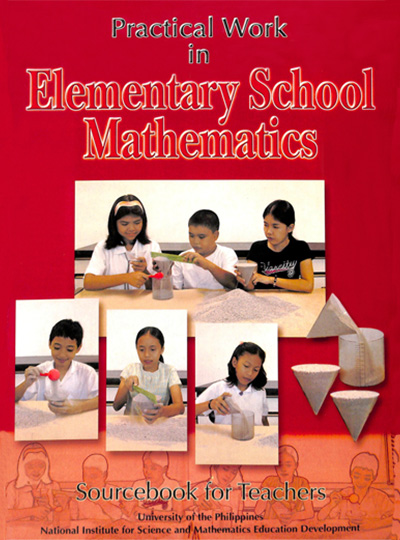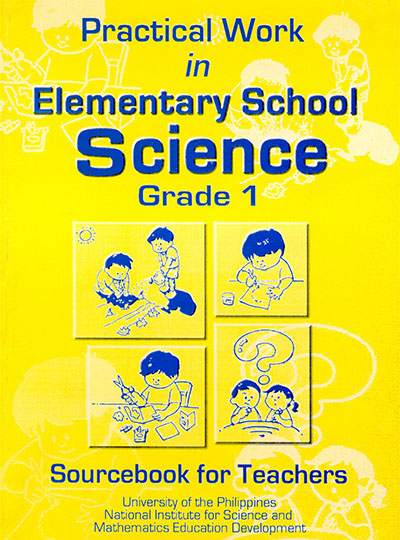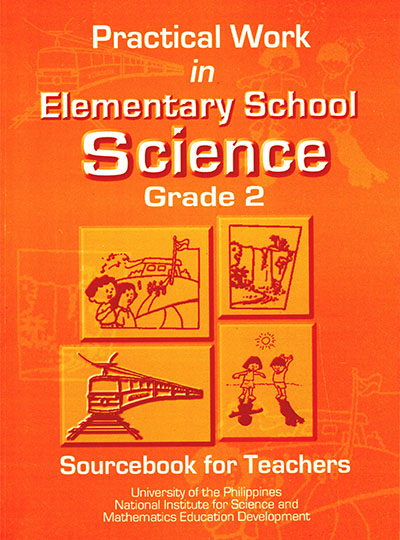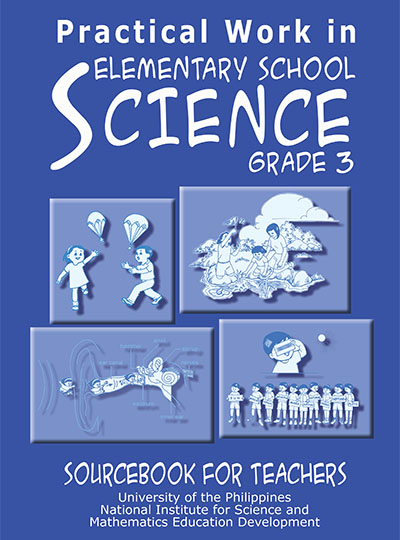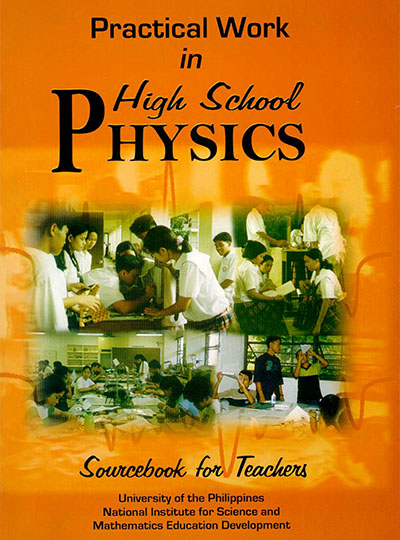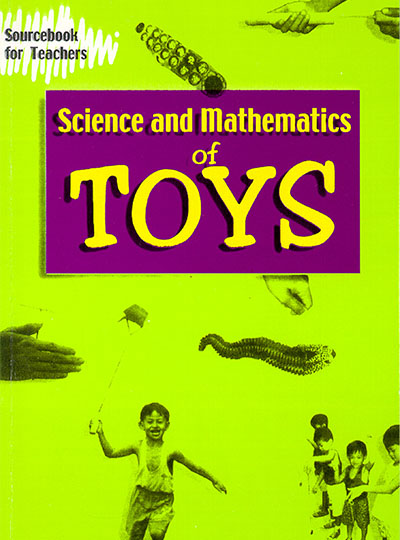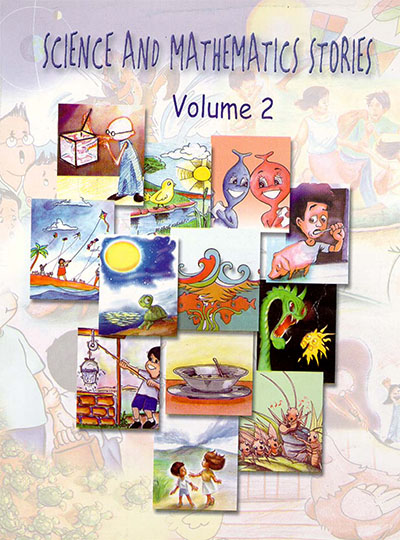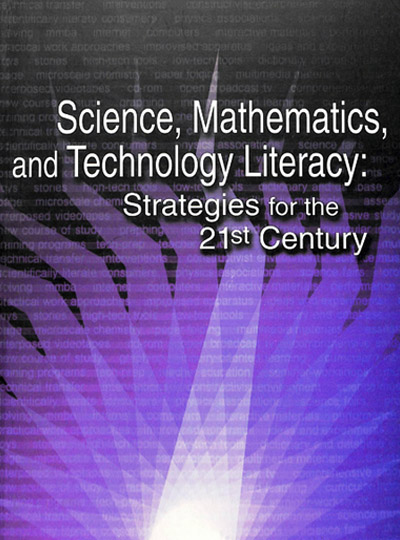Sourcebook for Teachers
ISBN 971-570-093-4
Published by NISMED
March 2001
Price: ₱ 400.00
No of Pages: 411
Activities for Students
Published by NISMED
Price: ₱ 150.00
____________
The activities contained in this Sourcebook were based mostly on the activities developed during the lifetime (1994 - 1999) of the Science and Mathematics Education Manpower Development Project (SMEMDP) that focused on the practical work approach as a teaching strategy. The activities were selected based on several criteria: (a) topics required by the Philippine Secondary Schools Learning Competencies (PSSLC), (b) teaching value of the activity, (c) availability of materials and equipment, and (d) simplicity of the procedures. The original activities have been modified, simplified and revised to match the target students' level of skills and to adapt to classroom situations. The objectives were limited to what can be accomplished within the time frame of a high school chemistry class.
Several introductory chapters (I. The Practical Work Approach, II. Keeping the Laboratory Safe, and III. The Construction of Improvised Equipment) are added. These are meant to help chemistry teacher, in teaching more effectively and managing the class more efficiently. A teaching guide follows for each activity.

